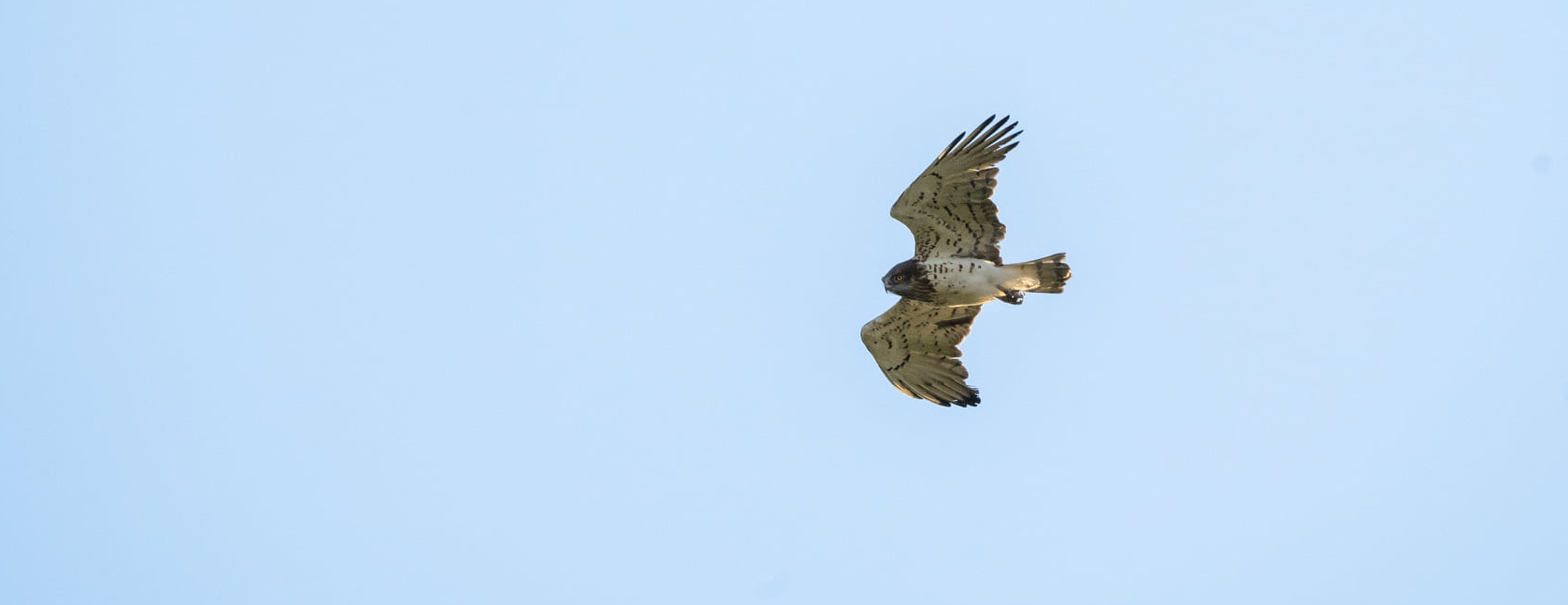Report of our last nature trekking in the company of the zoologist Riccardo Mattea.
May and June are certainly among the most beautiful months to join in our excursions and this year nature has given us countless emotions.
The treks took place on Fionchi mountain, a place rich in streams, and on Torre Maggiore mountain, characterized instead by a more arid environment. Both locations are very important from a naturalistic point of view, with numerous species that characterize the central Apennines.
Sant'Erasmo Church. Photo by Riccardo Mattea.
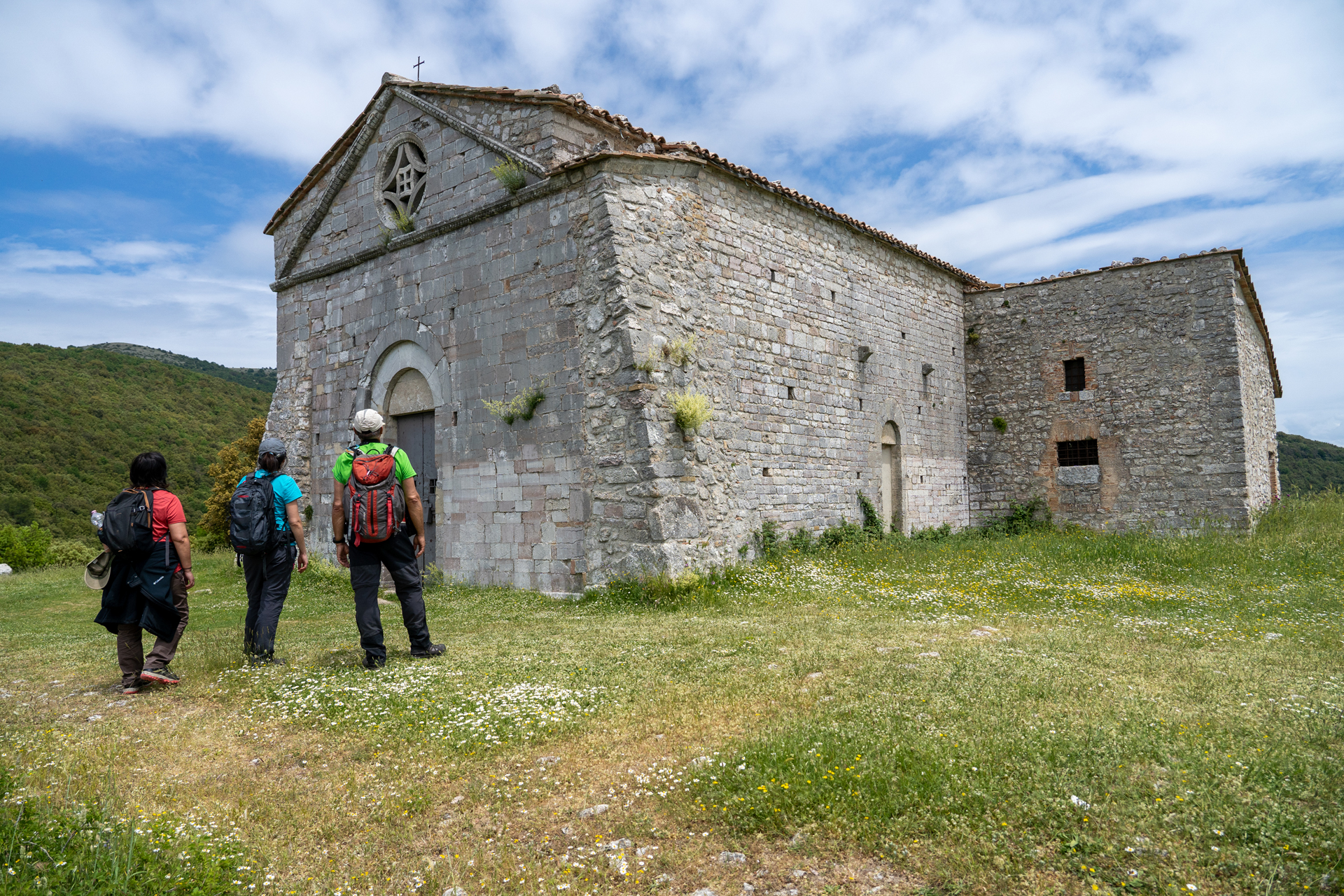
Like any K’ Nature event, we always aim to spot the highest possible number of species of flora and fauna and, thanks to a particularly profitable season, we were truly delighted by the quantity and quality of observations made.
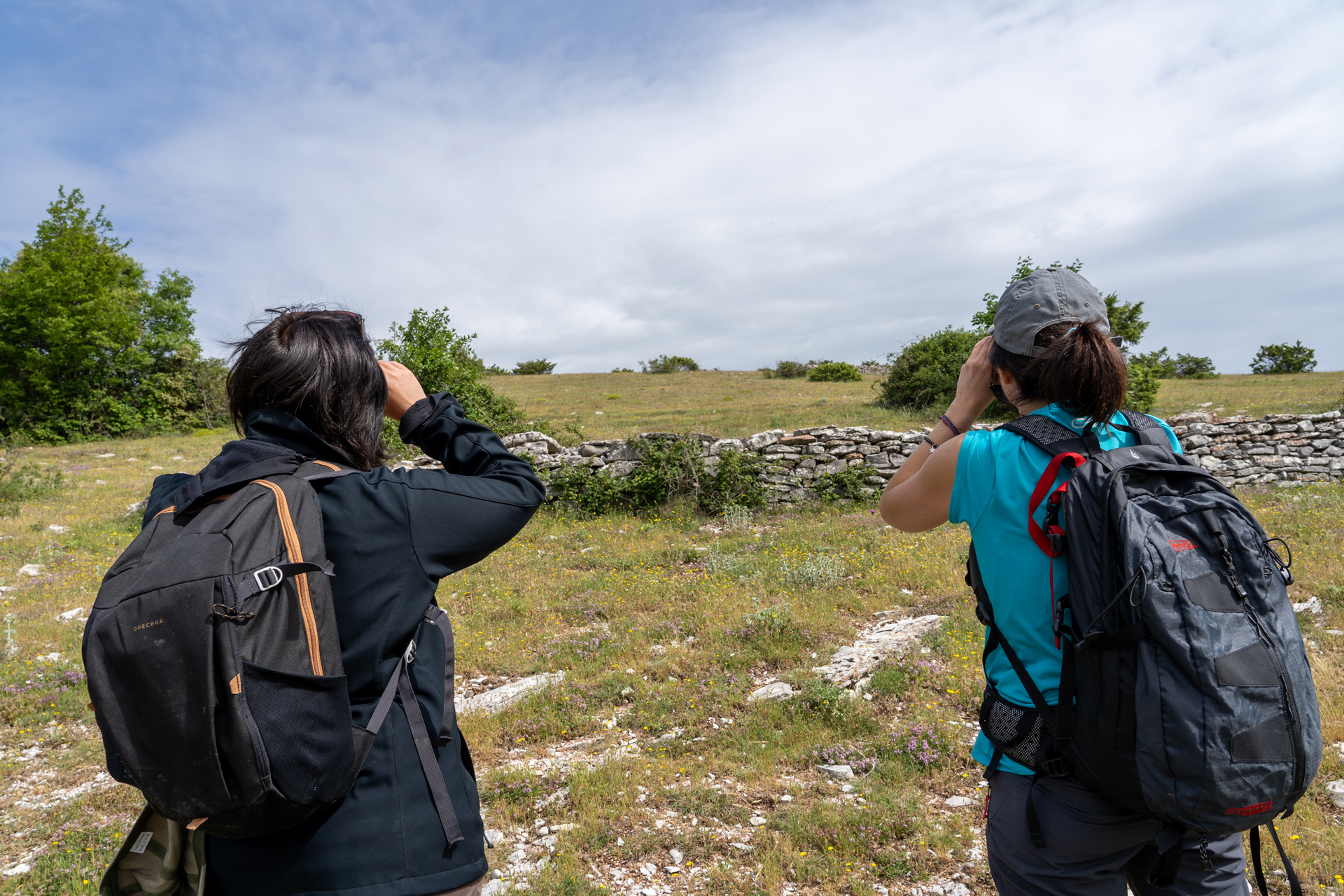
The day trip on Fionchi mountain began along a stretch of paved road, deliberately planned, which allowed us to spot 7 species of wild Orchids, including a beautiful hybrid between Ophrys sphegodes and O. holosericea subsp. apennina. Thanks to the expertise of our guide, Riccardo Mattea, we were able to identify all the species encountered, illustrating the main characteristics and notes on the biology of these fantastic plants to the participants.
Ophrys sphegodes x O. holosericea subsp. appennina. Photo by Riccardo Mattea.
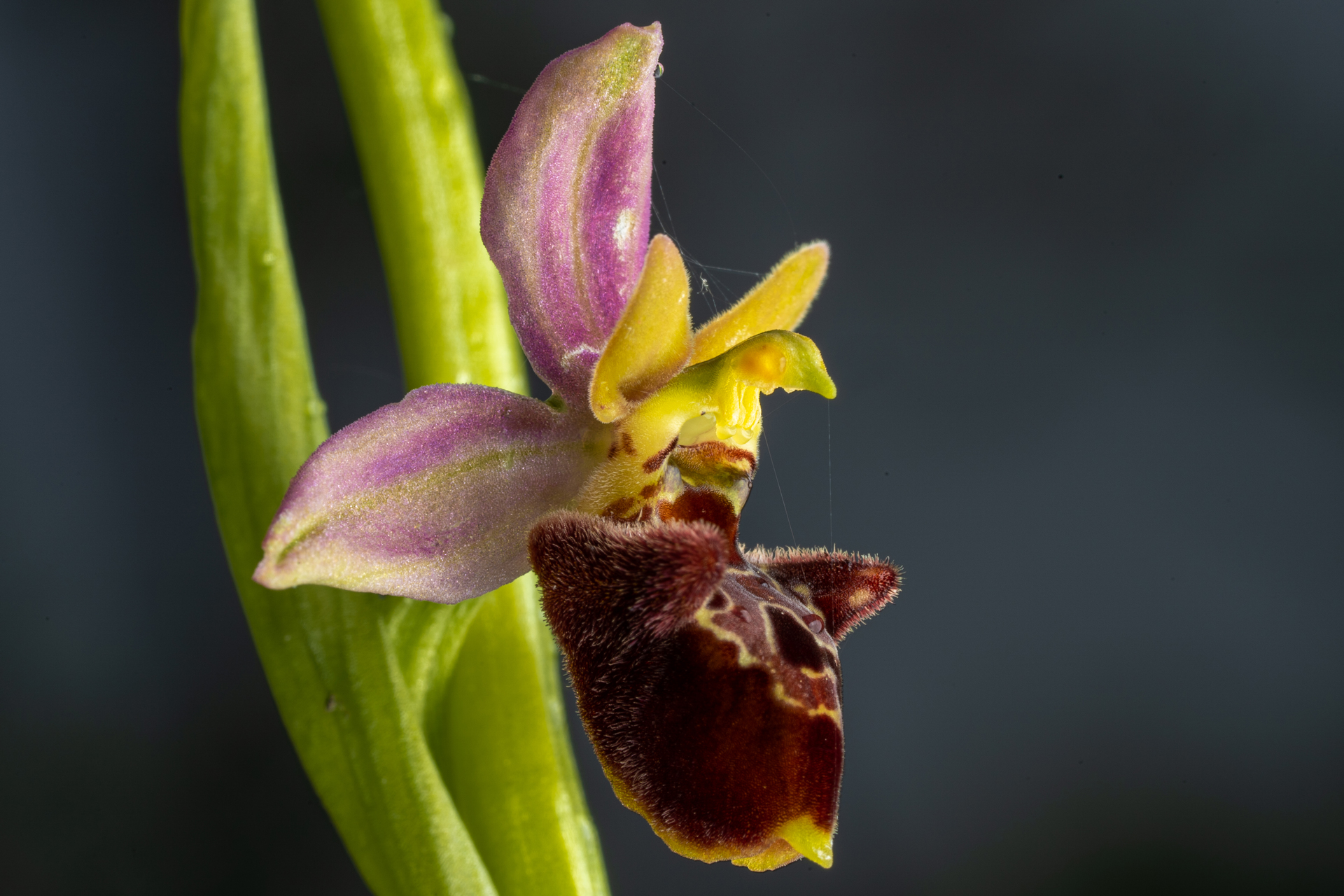
Continuing the journey towards the summit (1337m), we were able to observe a few meters away a Short-toed Snake Eagle (Circaetus gallicus) during one of its morning flights. This bird of prey, with a wingspan of about 2m, feeds mainly on Reptiles and finds in the Fionchi mountain area an ideal site for nesting and foraging.
Short-toed Snake Eagle. Photo by Riccardo Mattea.
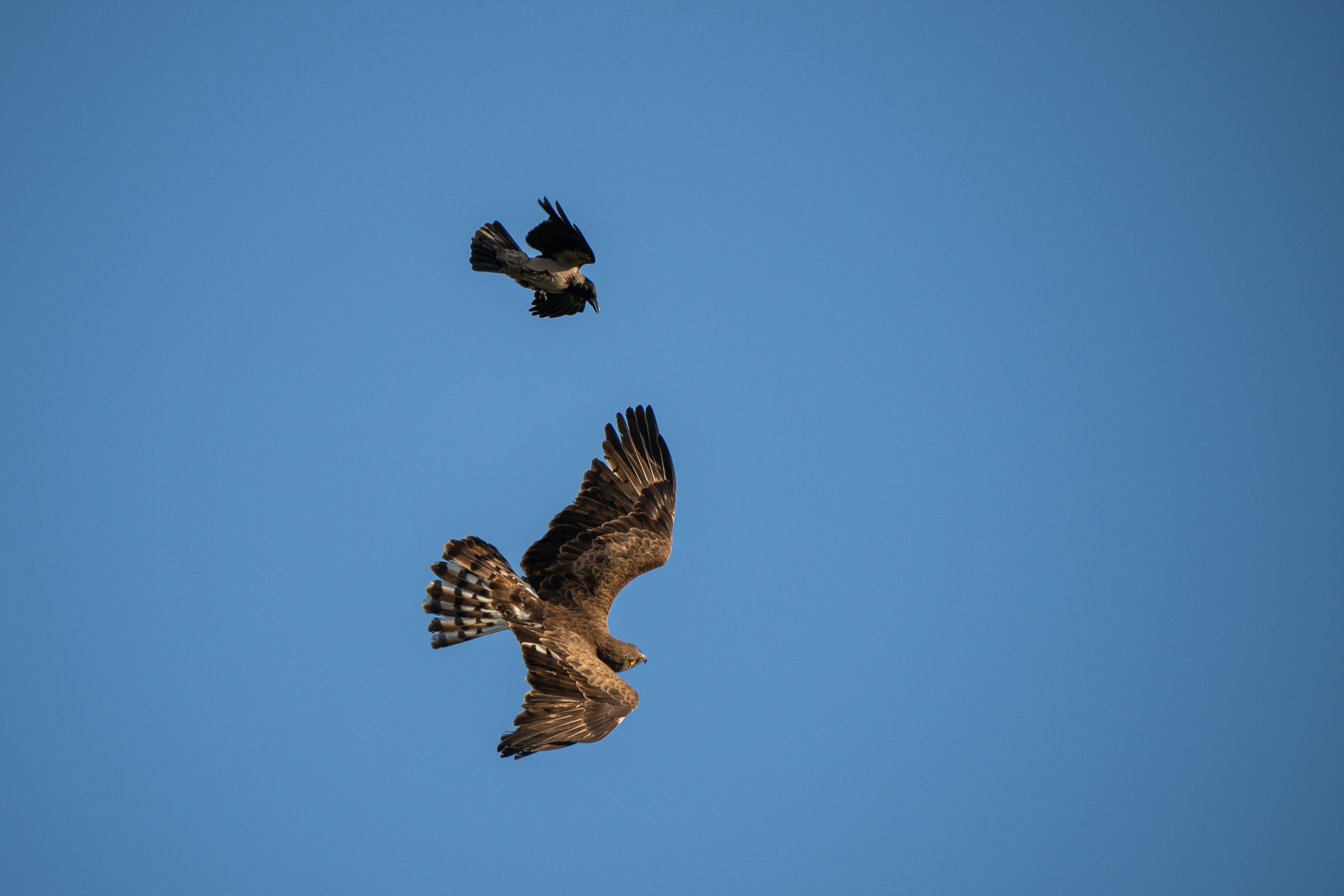
Thanks to the hydrogeological characteristics of the area and a light drizzle in the afternoon, the Amphibians were not lacking: along the way, in fact, we came across Italian Stream Frogs (Rana italica), dozens of Northern Spectacled Salamanders (Salamandrina perspicillata) and two mating pairs of Apennine Yellow-bellied Toads (Bombina variegata pachypus)!
Apennine Yellow-bellied Toad. Photo by Riccardo Mattea.
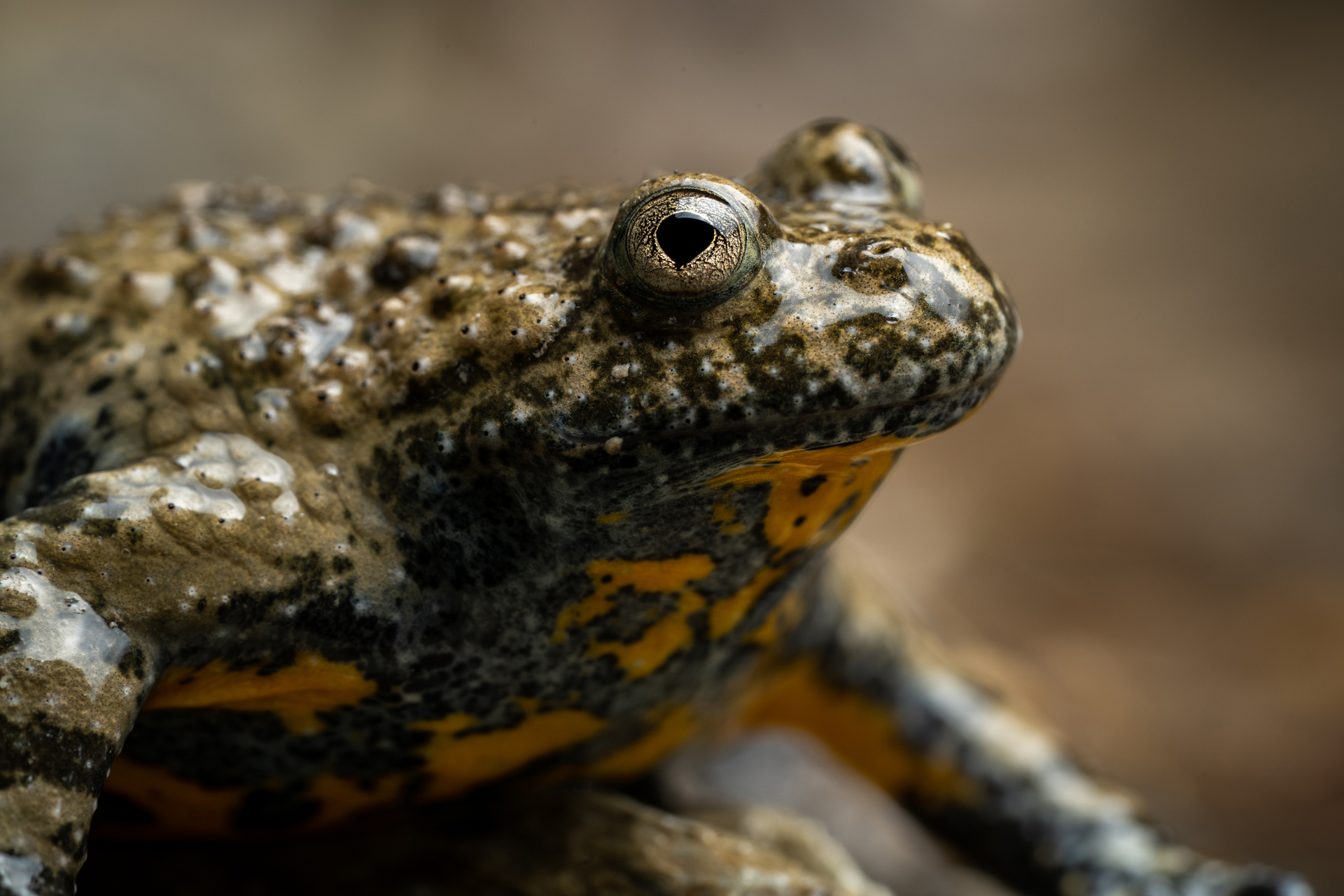
If the Fionchi gave us many surprises, the Torre Maggiore mountain was no exception. Characterized by strong karst phenomena and dense Holm Oak woods, interspersed with summit meadows with Juniper trees, this area of the Martani mountains is an excellent place to observe a rich birdlife, including migratory and nesting species.
Northern Wheatear. Photo byi David Francescangeli.
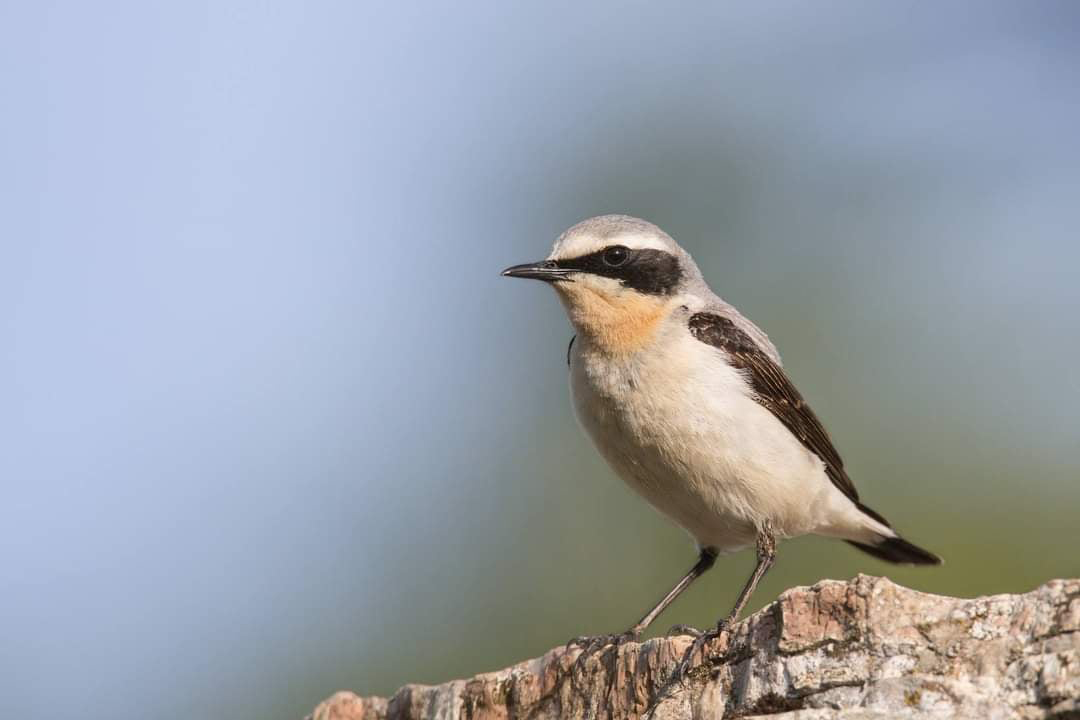
In fact, during the excursion on June 5, we were lucky enough to meet our three target species for the area: Red-backed Shrike (Lanius collurio), Northern Wheatear (Oenanthe oenanthe) and Short-toed Snake Eagle! The latter flew us at a very close distance, while hunting for snakes.
Short-toed Snake Eagle. Photo by Riccardo Mattea.

Here too there is no lack of wild Orchids, among these two specimens of Ophrys apifera, one with purple sepals and the other with white sepals.
Ophrys apifera. Photo by Riccardo Mattea.
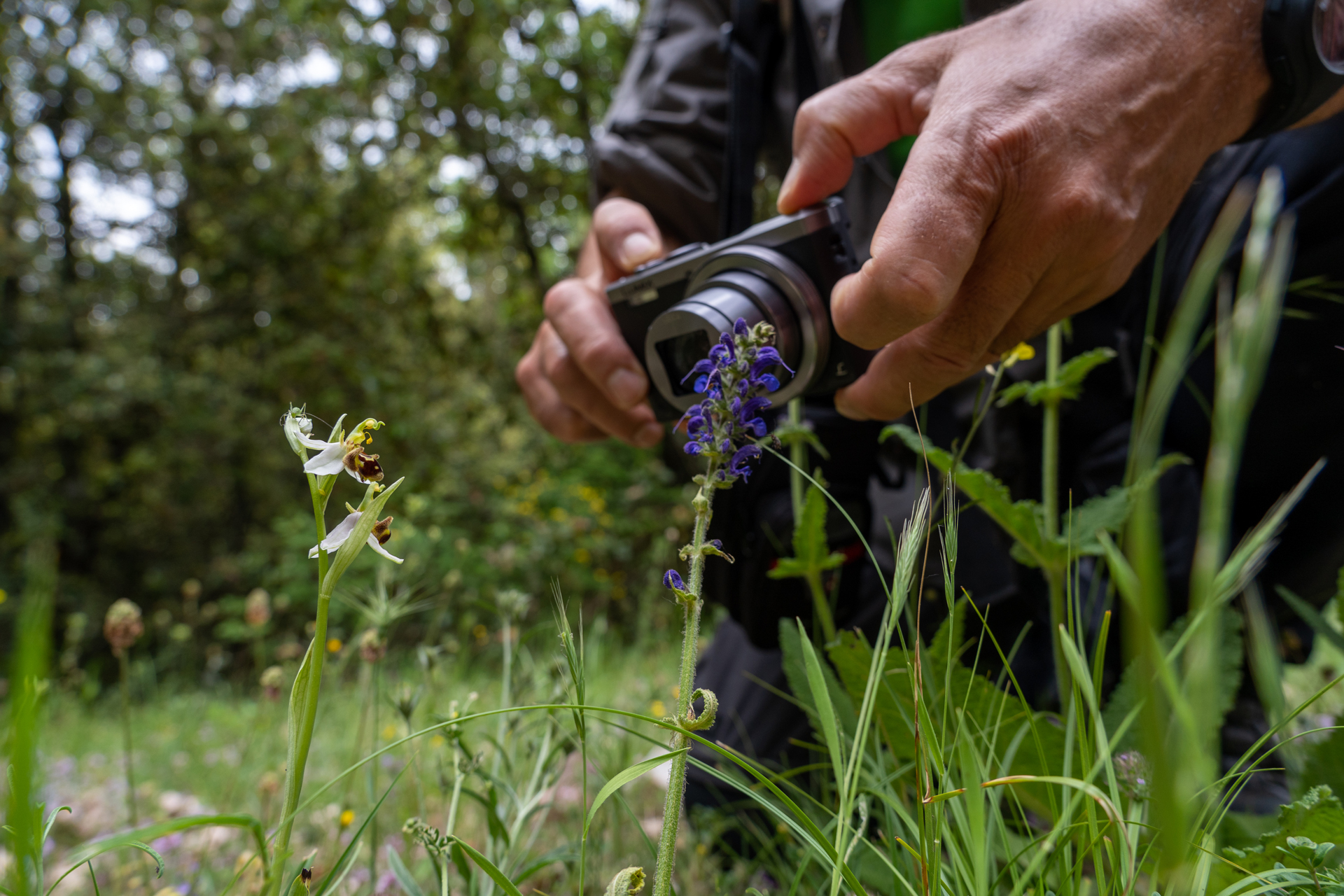
As always, we had lunch near the Italic temple of Torre Maggiore (1120m), the highest point of this suggestive promontory and as you can see from the photo below, we were not the only ones to be there for a snack.
This colorful male of Philaeus chrysops, in fact, has shown his great hunting skills, ensuring a meal of considerable size!
Philaeus chrysops. Photo by Riccardo Mattea.
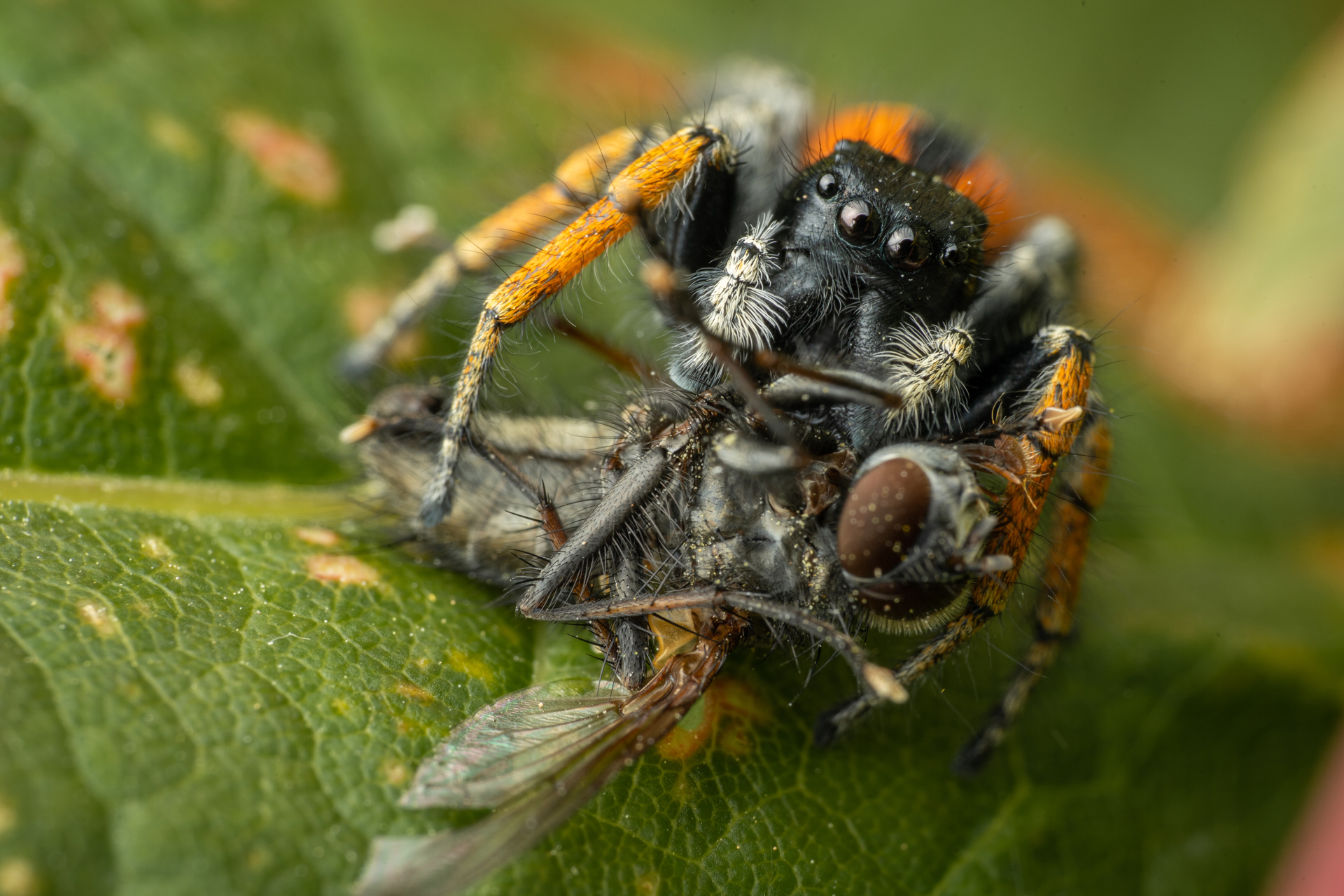
During the return, along a path in Holm Oak wood that leads directly to the Sant’Erasmo Church, we were able to find signs and traces of the local fauna, including the European Badger, and admire a copious flowering of Cistus (Cistus craeticus) and the still closed flowers of Broad-leaved Helleborine (Epipactis helleborine).
Our nature trekking in Umbria will continue in the summer, between already consolidated itineraries and many brand news!
Cistus. Photo by Riccardo Mattea.
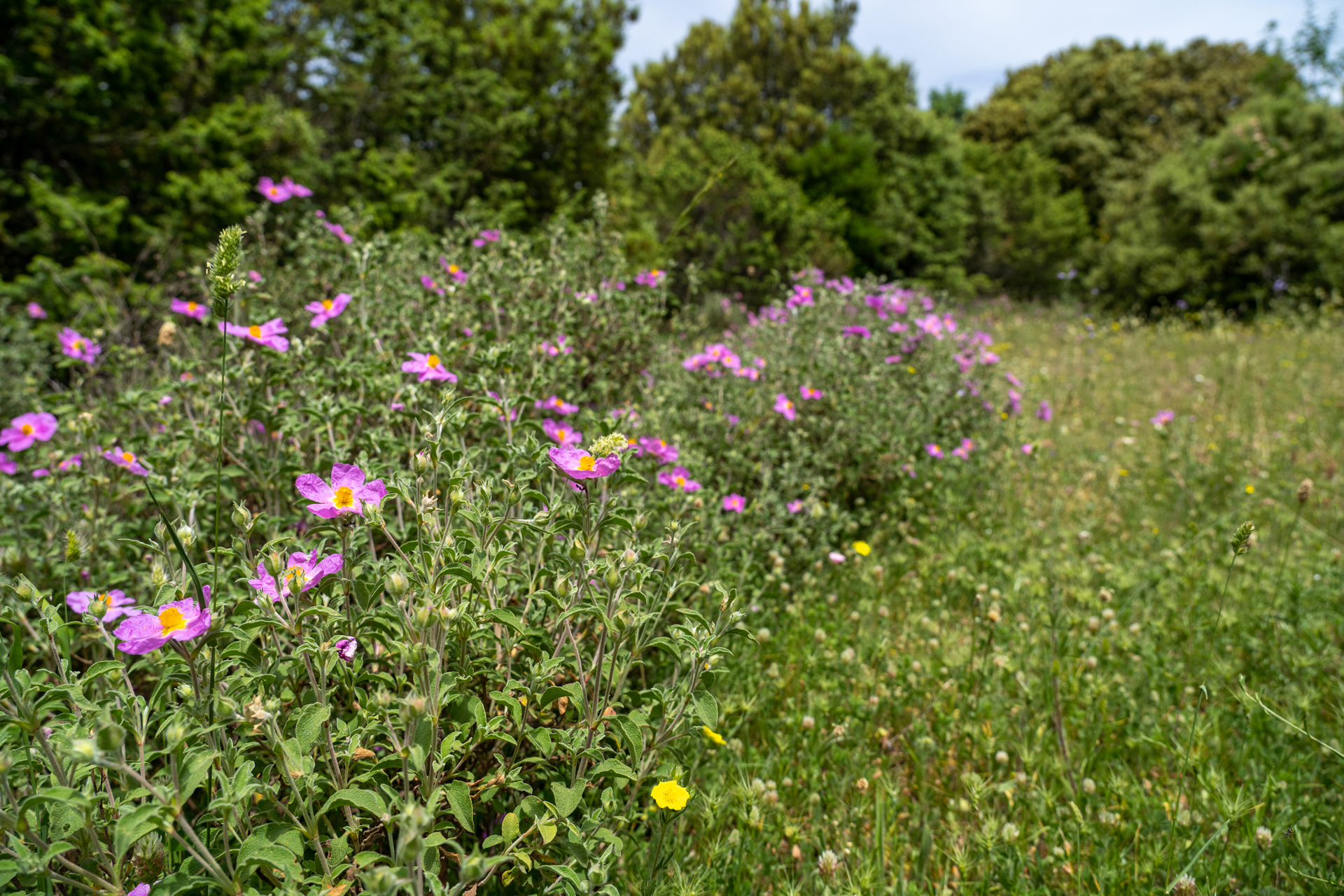
HIGHLIGHTS
PLANTS
- Green-winged Orchid (Anacamptis morio)
- Anacamptis papilionacea
- Elder-flowered Orchid (Dactylorhiza sambucina)
- Broad-leaved Helleborine (Epipactis helleborine)
- Three-toothed Orchid (Neotinea tridentata)
- Burnt Orchid (Neotinea ustulata)
- Bee Orchid (Ophrys apifera)
- Late Spider-orchid (Ophrys holosericea appennina)
- Late Spider-orchid (Ophrys holosericea dinarica)
- Early Spider-orchid (Ophrys sphegodes)
- Ophrys sphegodes x Ophrys holosericea
- Naked Man Orchid (Orchis italica)
- Early-purple Orchid (Orchis mascula)
- Military Orchid (Orchis militaris)
- Orchis pauciflora
- Lady Orchid (Orchis purpurea)
- Monkey Orchid (Orchis simia)
ANIMALS
- Philaeus chrysops
- Northern Spectacled Salamander (Salamandrina perspicillata)
- Smooth Newt (Lissotriton vulgaris)
- Italian Crested Newt (Triturus carnifex)
- Apennine Yellow-bellied Toad (Bombina variegata pachypus)
- Common Toad (Bufo bufo)
- Italian Stream Frog (Rana italica)
- Common Wall Lizard (Podarcis muralis)
- Italian Wall Lizard (Podarcis siculus)
- Western Green Lizard (Lacerta bilineata)
- Short-toed Snake Eagle (Circaetus gallicus)
- European Honey Buzzard (Pernis apivorus)
- Northern Wheatear (Oenanthe oenanthe)
- Western Subalpine Warbler (Sylvia cantillans)
- Red-backed Shrike (Lanius collurio)
- Red Squirrel (Sciurus vulgaris)
- Roe Deer (Capreolus capreolus)
